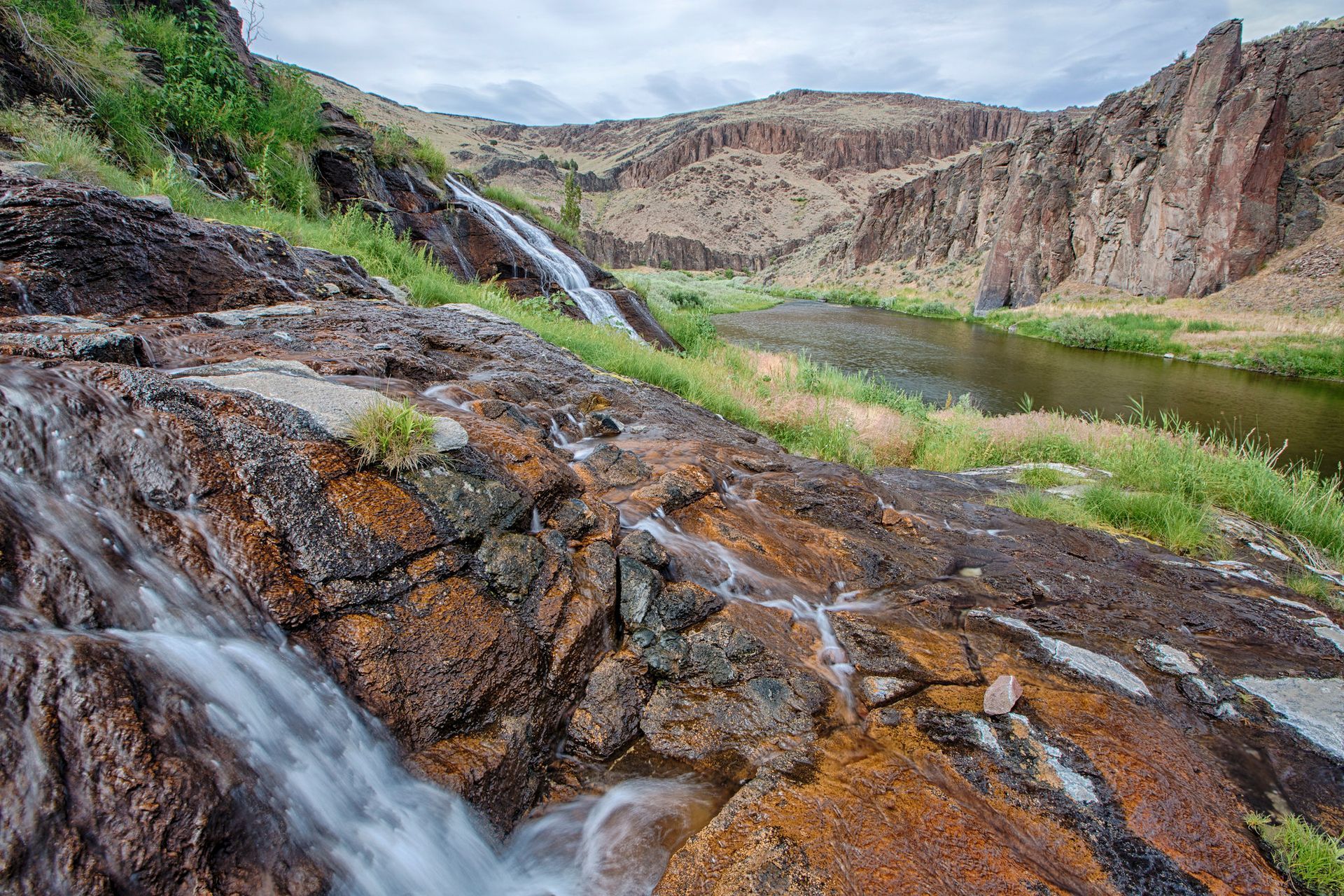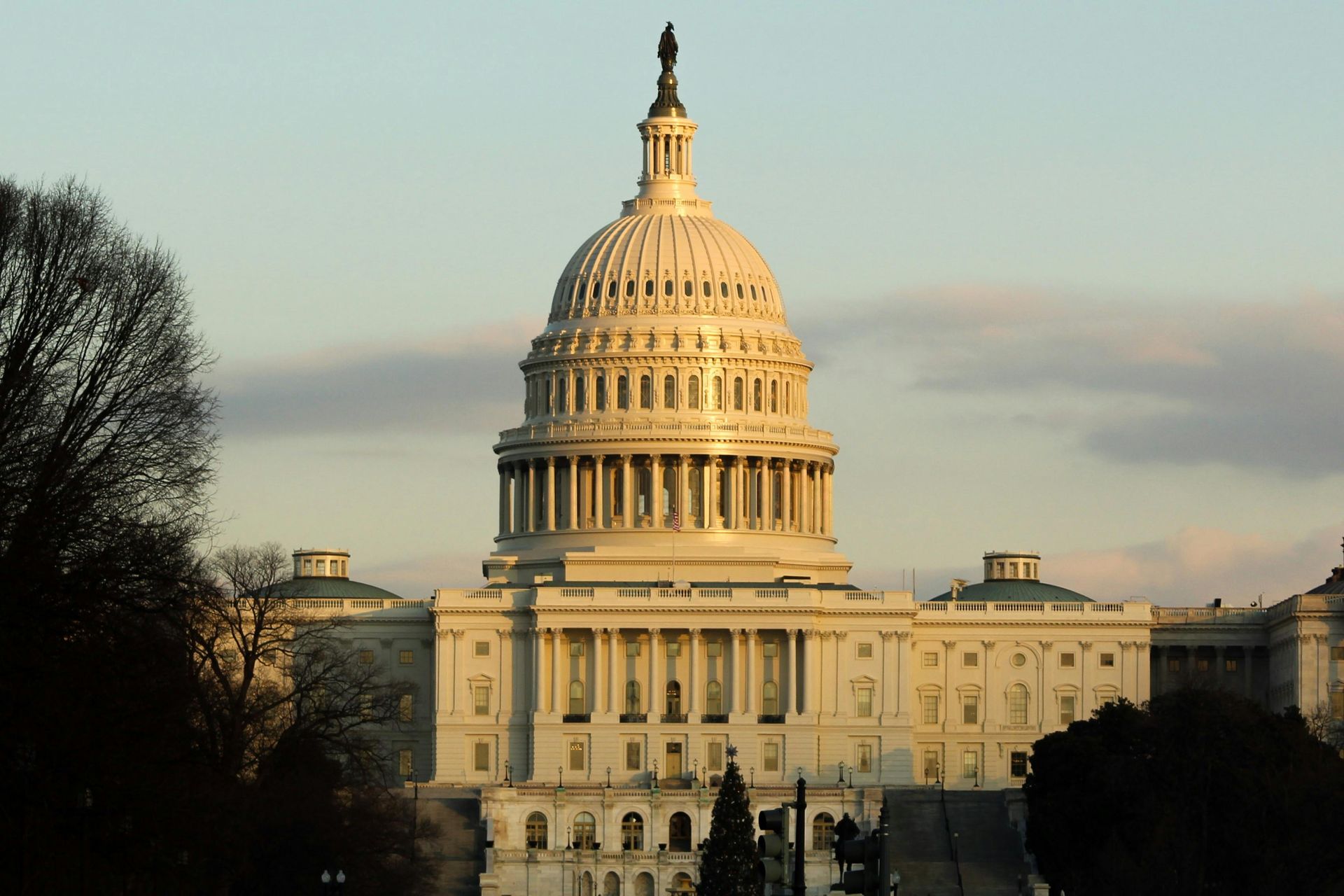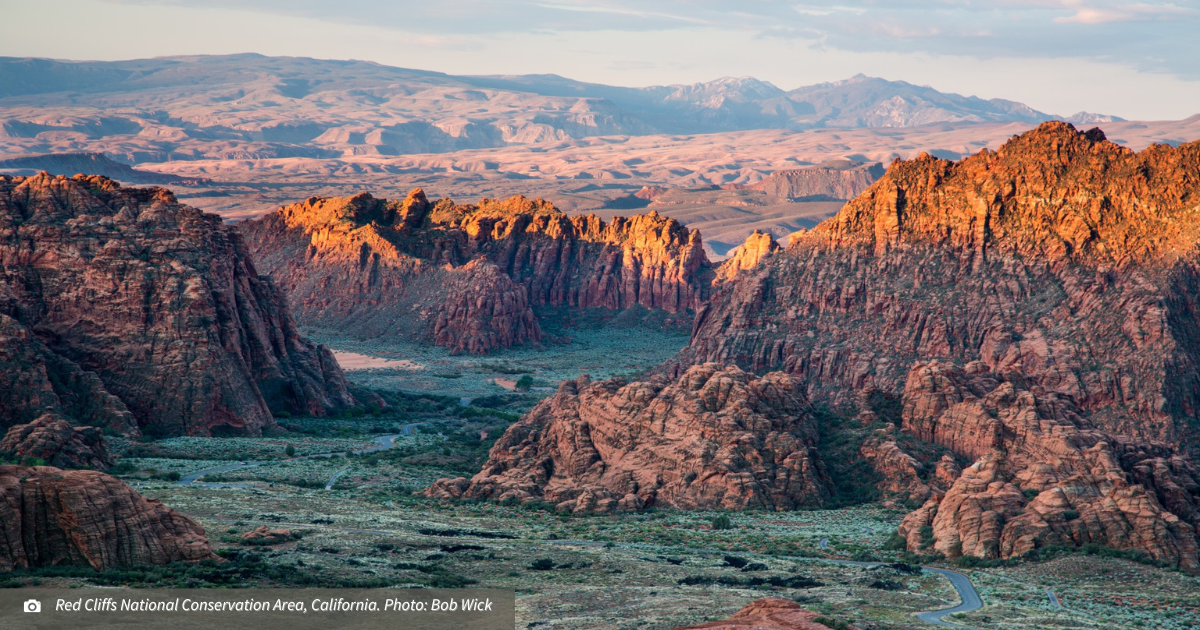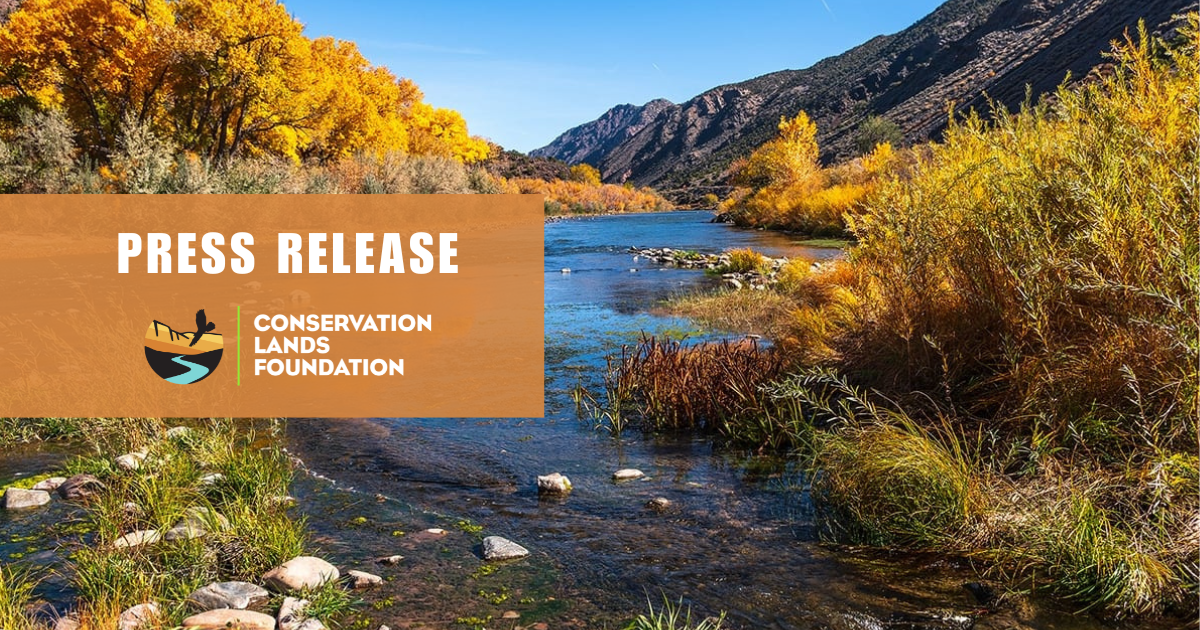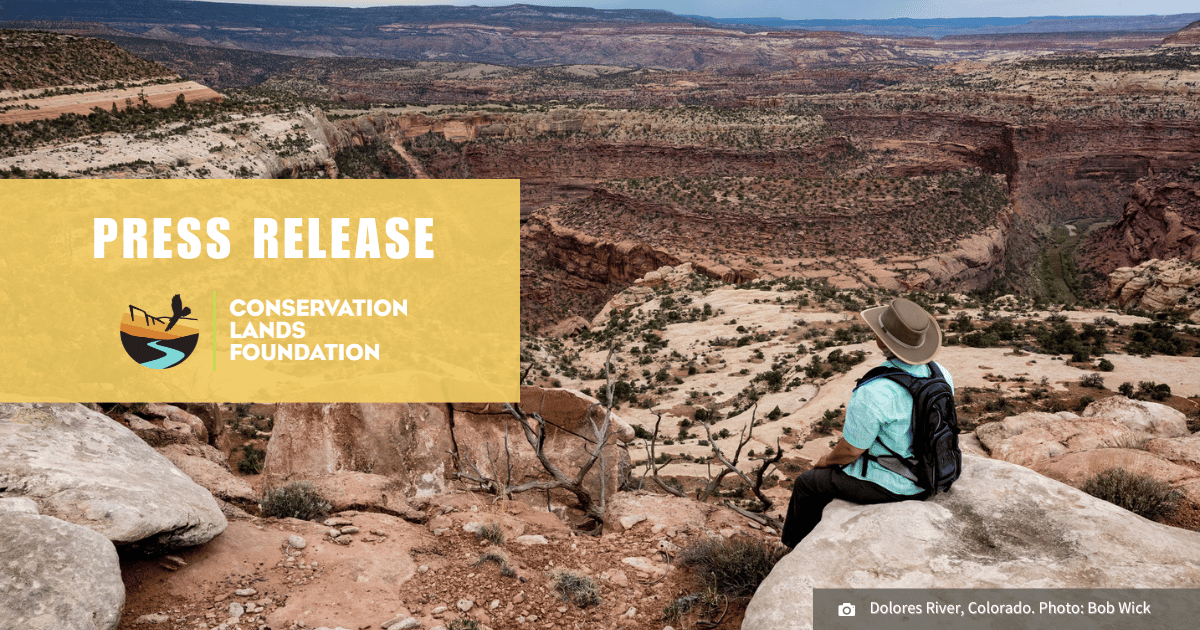A new era for protecting nature begins today
Today the Bureau of Land Management (BLM) announced its finalization of the Public Lands Rule, a bold, new vision for the future of public lands and waters in the U.S. This new blueprint marks a significant balancing of how the agency is to assess management priorities by putting conservation on equal footing with extractive uses like oil and gas drilling and mining.
“The Public Lands Rule is a necessary ‘operating system’ update for the largest federal land manager and reflects the reality that protecting the health of our natural resources is a valuable and essential management strategy,” said Jocelyn Torres, Conservation Lands Foundation’s Co-Interim Executive Director and Chief Conservation Officer.
Nearly 40% of all U.S. public lands are stewarded by the Bureau of Land Management and its mission is to manage public lands for multiple uses, a mandate that includes conservation. Yet 90% of these lands are open to extraction and other commodity-driven development. This long-overdue policy changes the way the agency manages public lands, ensuring wildlife habitat and corridors, watersheds, and cultural resources are protected for future generations.
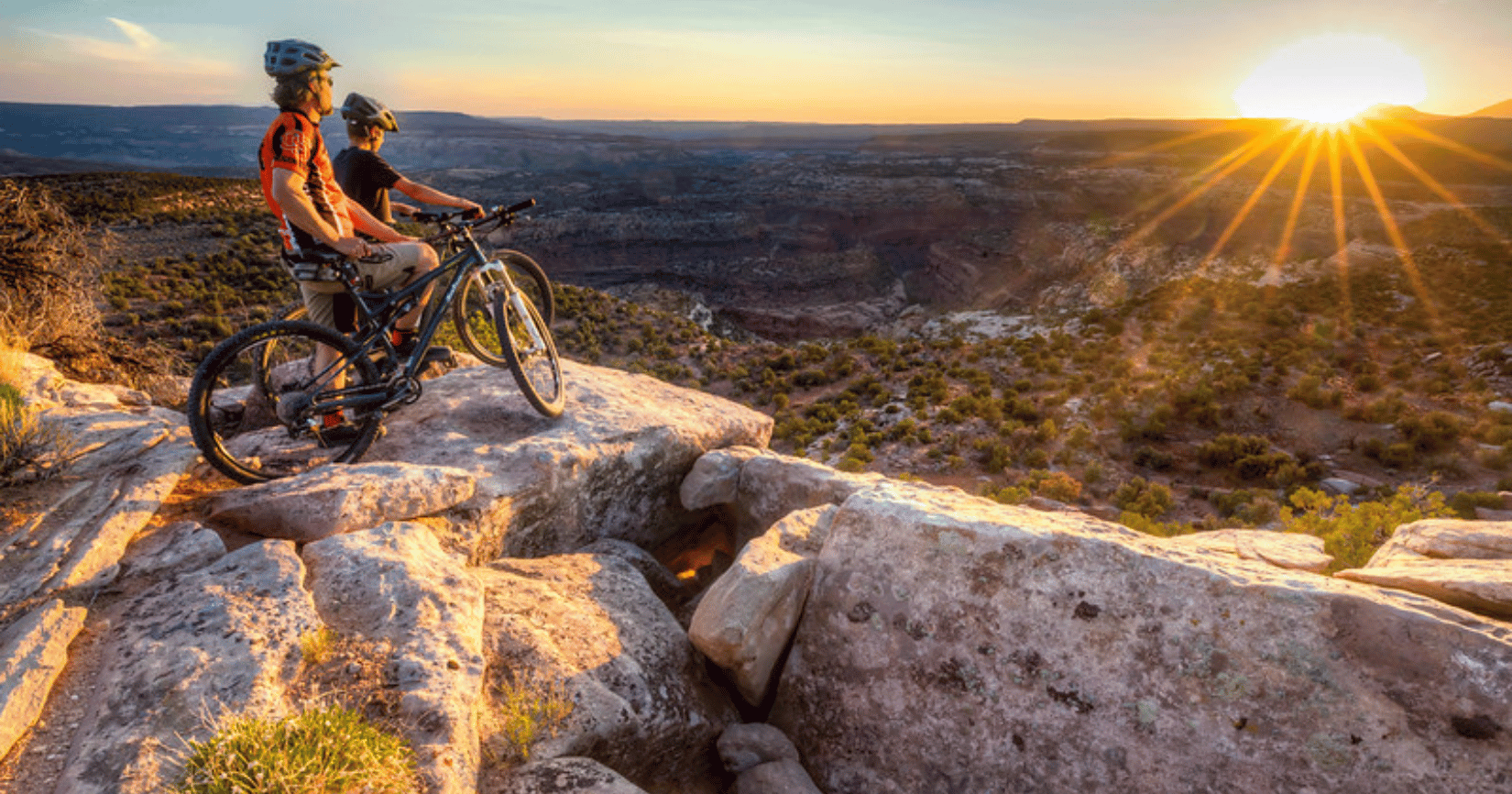
A Necessary Paradigm Shift
The Bureau of Land Management manages over 240 million acres of public lands, encompassing diverse terrains like sagebrush hills, riparian ecosystems, coastal areas, and grasslands. These lands serve as crucial connectors across the western region, facilitating wildlife movement between large wilderness areas, national parks, and refuges, as well as smaller private, state, and county lands.
The Public Lands Rule will ensure that the agency protects valuable and vulnerable landscapes that provide clean air and water, habitat for wildlife and plants, cultural continuity for Indigenous communities, and recreational opportunities.
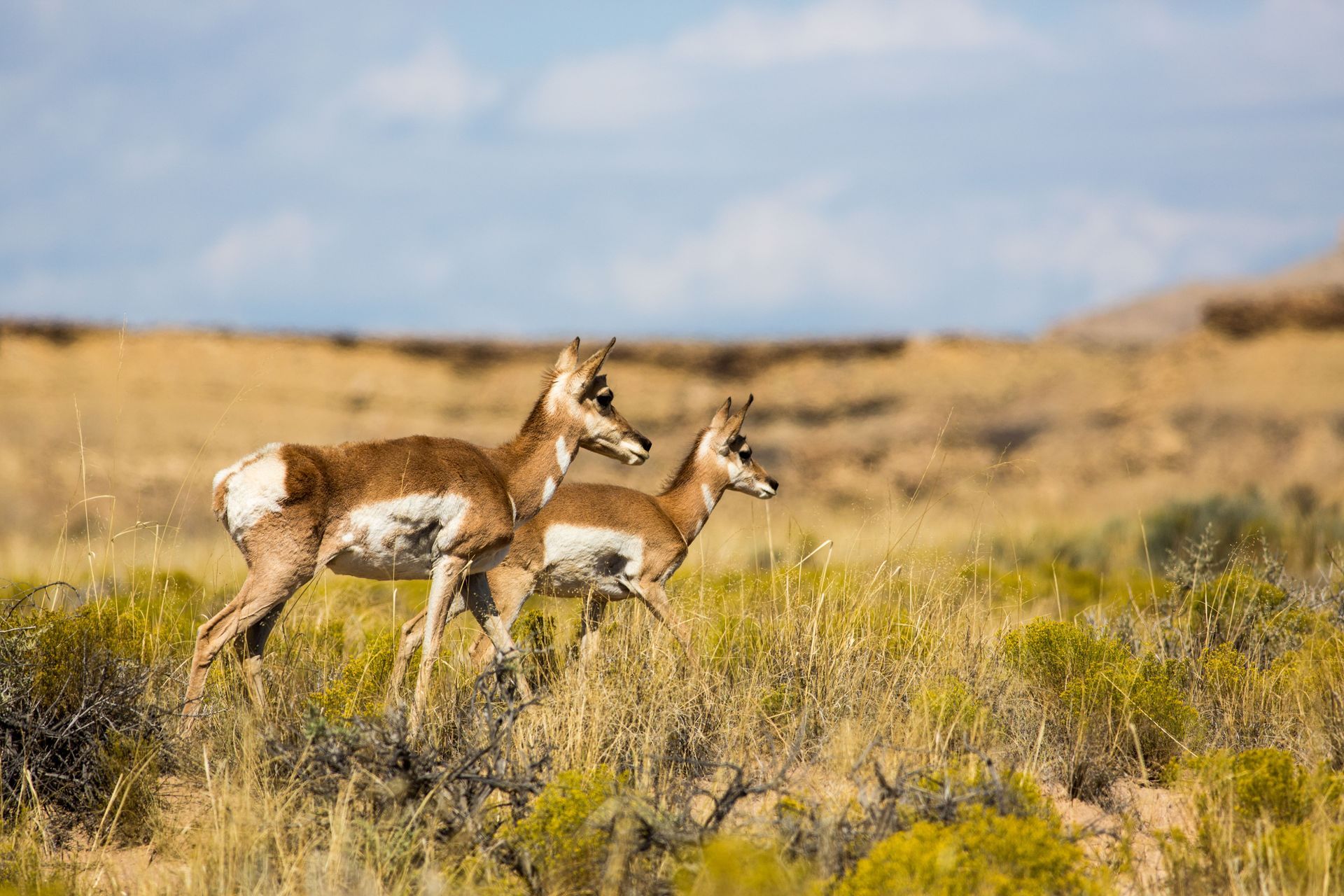
The Public Lands Rule rebalances agency priorities to conserve intact landscapes and restore degraded habitat.
Photo: Pronghorn in Utah by Bob Wick
Amidst global concerns over the rapid loss of nature and biodiversity, the Public Lands Rule positions the agency to better meet the impacts of a changing climate and increased visitation. Key provisions of the rule prioritize conservation considerations in future public land planning, including watershed and land health, restoration efforts, mitigation strategies, and protection of critical natural and cultural resources.
Dive into how the Public Lands Rule will ensure the health and resilience of public lands and waters by reading the Bureau of Land Management’s policy background here.
Broad Public Support
The Public Lands Rule garnered overwhelming support from the public during the Bureau of Land Management’s robust public comment process: 92% of public comments submitted were in support of the BLM’s new direction. In addition to broad public support, numerous Western lawmakers, local elected officials, governors, and opinion pages publicly supported the rule. Legal experts have repeatedly confirmed that the rule upholds BLM’s core mission, including 8 state attorneys general and 27 law professors. Leading newspapers in the West, such as the Salt Lake Tribune, Denver Post, and Albuquerque Journal, echoed their support through editorials, underscoring the rule's long-overdue emphasis on conservation.

The new policy puts conservation, recreation, and access to nature on equal footing with extractive uses on public lands.
Photo: A family of hikers on the Pacific Crest National Historic Trail, California by Bob Wick
"People in public lands communities support this rule because it is built with public land users in mind,” said Torres.
While the support for the Public Lands Rule is resounding, public land opponents in Congress want to block the implementation of this policy that puts conservation on equal footing with oil and gas interests. The Conservation Lands Foundation is committed to advocating for the Public Lands Rule and ensuring the agency’s full implementation of the policy on public lands across the West. The threats posed by public land opponents in Congress underscore the ongoing need for strong public engagement and vocal support for the Public Lands Rule.
The Public Lands Rule in Action
The implementation of the Public Lands Rule presents numerous immediate opportunities to conserve public lands critical for a vibrant future. Let's take a look at some examples:

COLORADO:
Of the 8 million acres of public land in Colorado managed by the Bureau of Land Management, only 16% is protected from development. The agency is currently reconsidering a land-use plan that will guide how nearly 900,000 acres of public lands including four river systems in southwestern Colorado will be managed for the next 15-20 years. The original plan had opened 95% of public lands in the area to oil and gas development, focusing on heavy resource extraction primarily in the North Fork and Lower Gunnison Watersheds. This imbalance was legally challenged and the Public Lands Rule will ensure that the conservation of these natural resources that support local economies and livelihoods are considered equally with extractive uses.
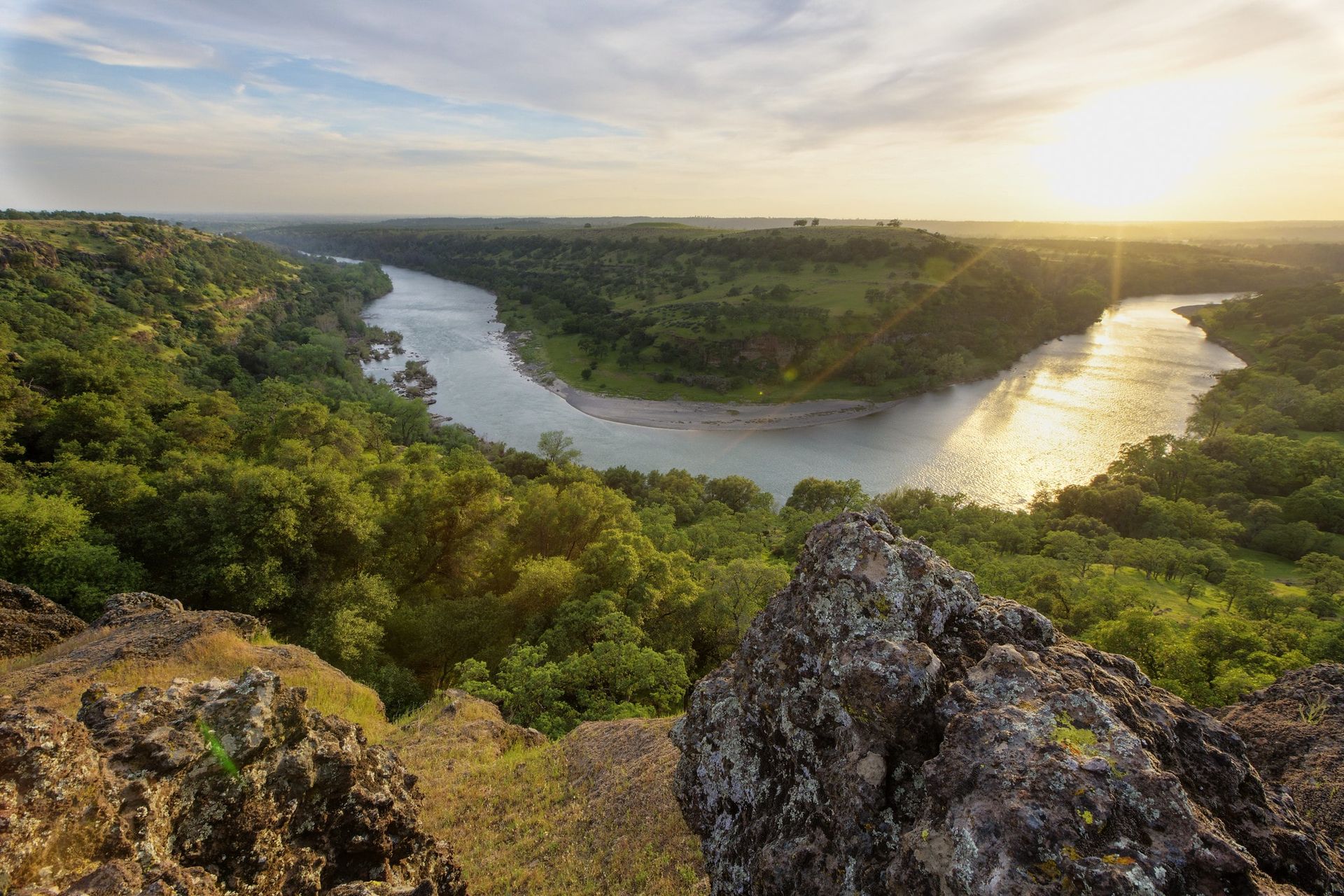
The Public Lands Rule will chart a new course of public lands in California and across the West.
Photo: Sacramento River, California by Bob Wick
CALIFORNIA:
BLM’s Arcata and Redding field offices are working on a comprehensive plan — known as the Northwest California Integrated Plan — that will direct how more than 380,000 acres in Northern California are managed. The Public Lands Rule decision will ensure the local community’s input to protect beloved places like English Ridge on the Eel River in Mendocino County and the proposed Trinity Alps Wilderness additions in Trinity County is given equal consideration with other potential land uses.

92% of BLM-managed lands in Nevada are open to development and extraction.
Photo: Public lands in Elko County, Nevada by Shanell Owen, BLM
NEVADA:
Two-thirds of Nevada public lands are managed by the Bureau of Land Management (48 million acres) and 92% are open to development and extraction. The Public Lands Rule provides an essential management framework for the BLM to balance conservation with the increased demands and pressures for development. Particularly, the state of Nevada is at the forefront of international lithium exploration and seeking ways to meet its 50 percent renewable energy goal by 2030.
It’s Time to Get to Work
The Public Lands Rule will accelerate the pace of conservation for roughly 53 million acres of public lands currently in active planning as well as shape how more than 240 million acres of public lands are managed for decades to come.
But to ensure the Public Lands Rule is fully implemented and adopted by the agency, we need to continue to voice our support.
